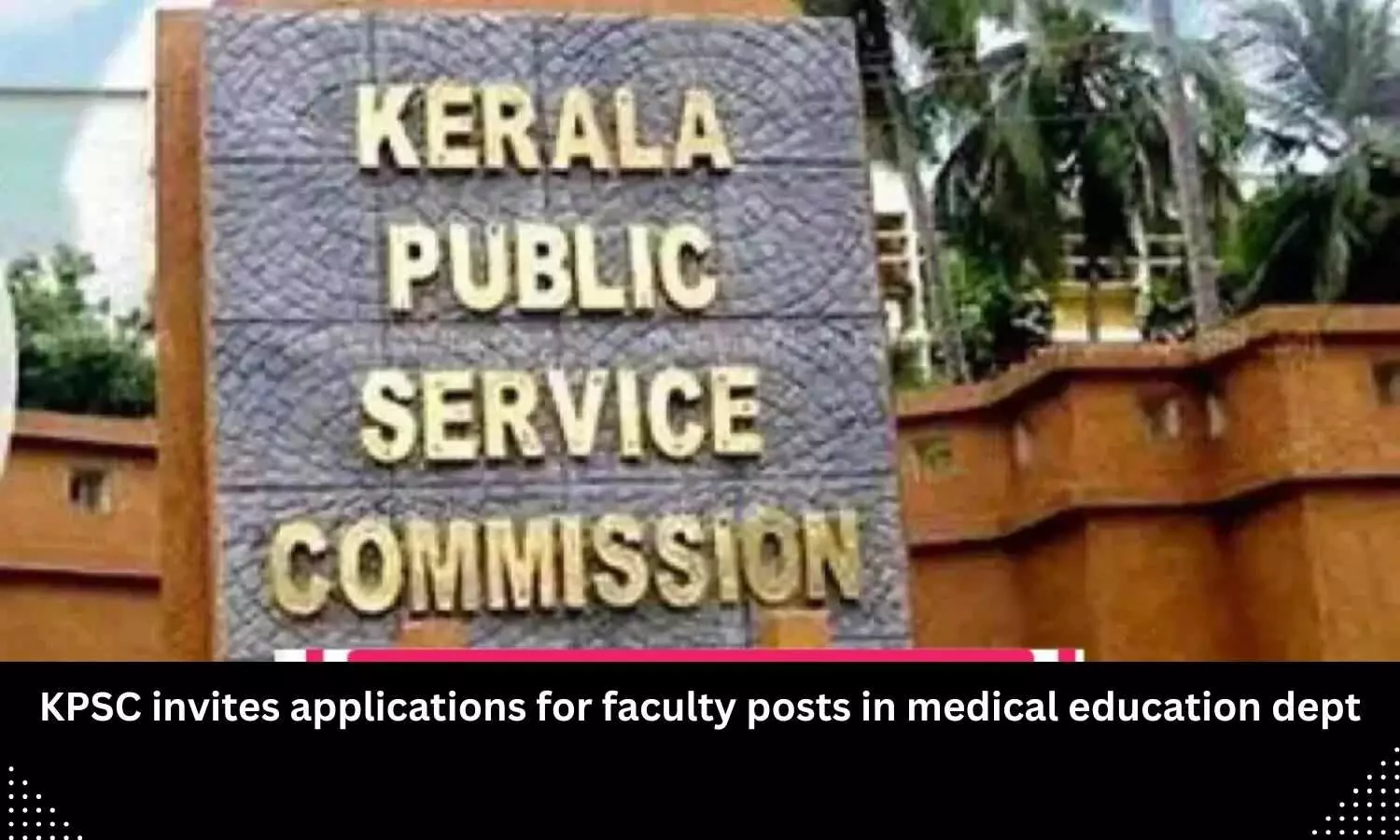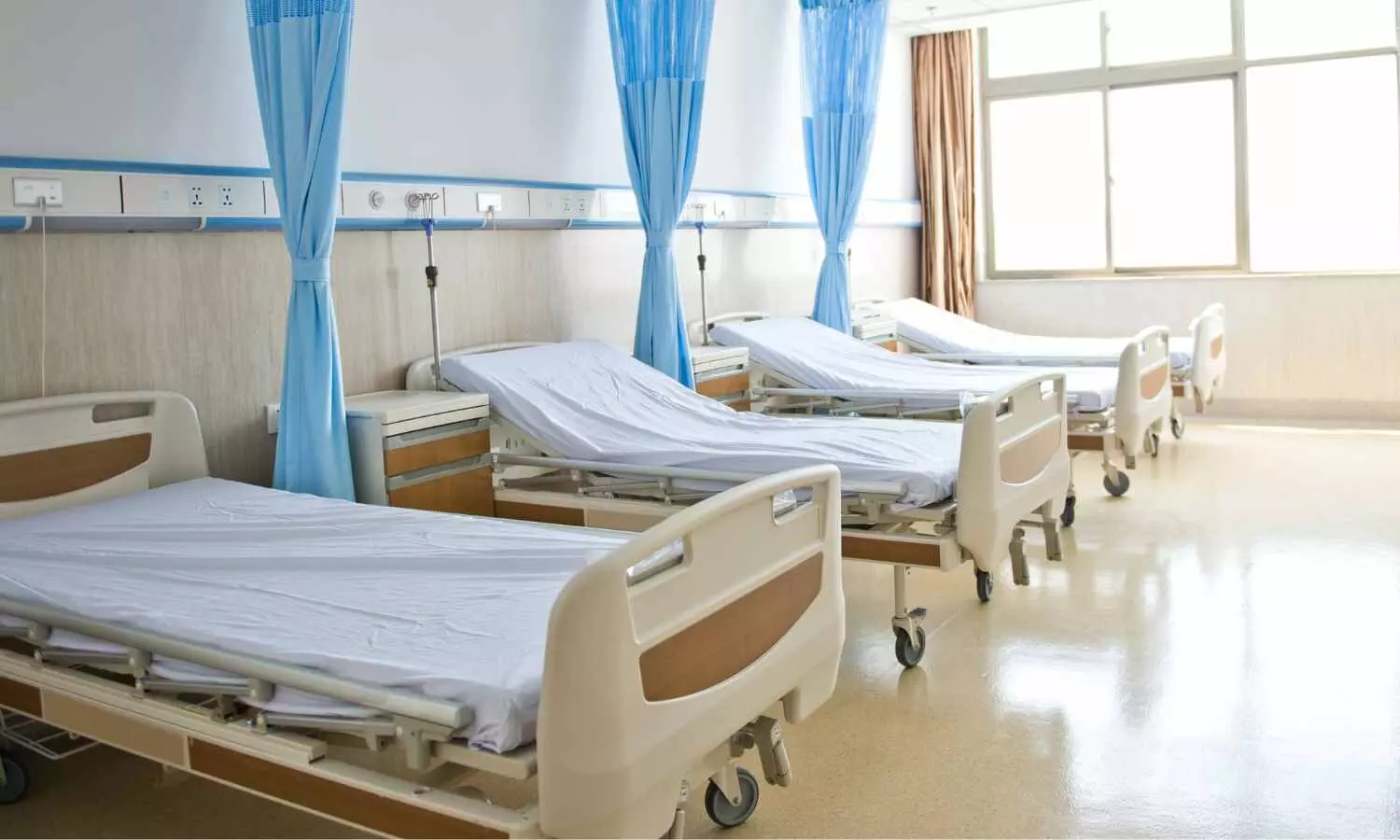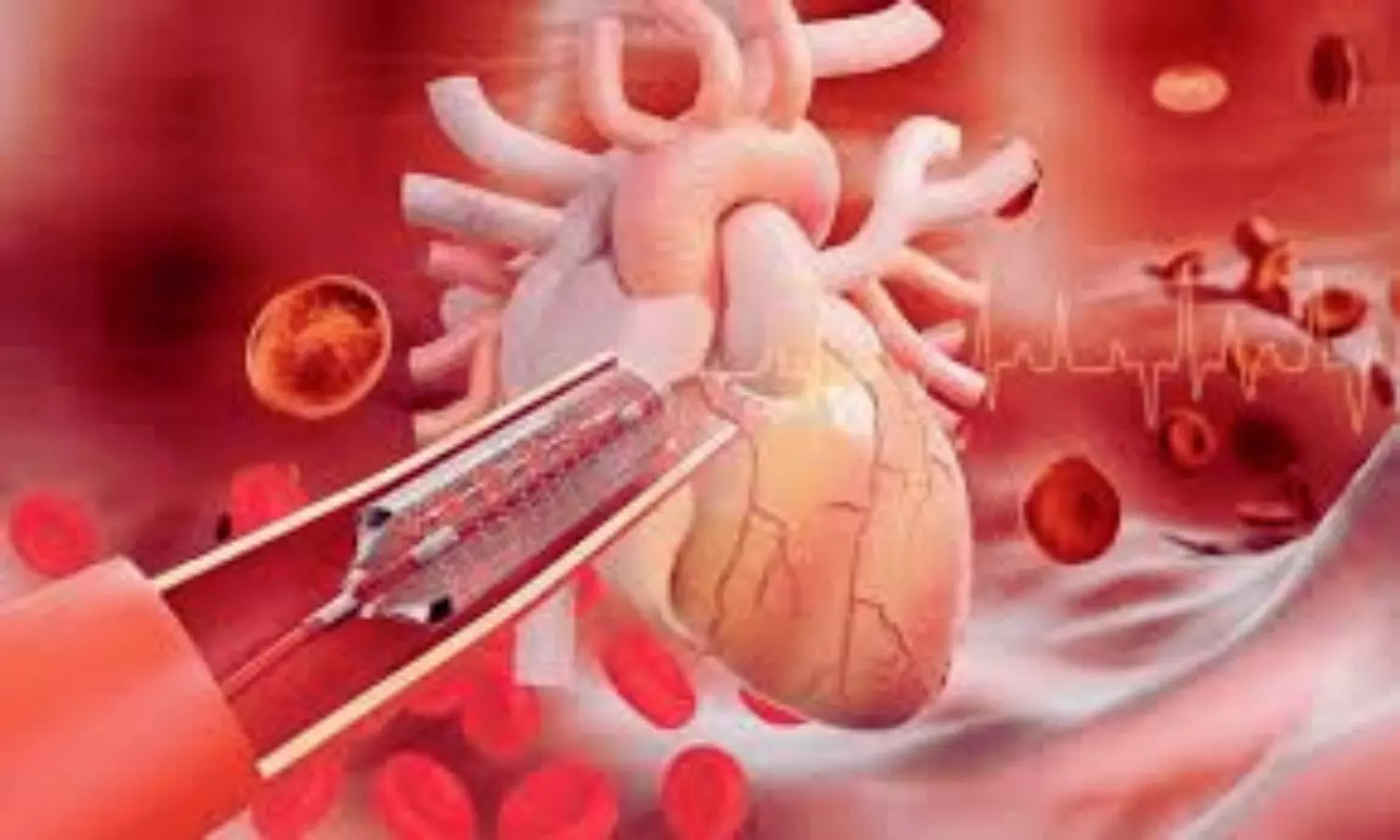The CALIPSO randomized clinical trial has demonstrated that OCT-guided stent implantation using a predefined algorithm led to improved outcomes compared to angiography-guided PCI in patients with calcified lesions, with no added safety risks. The trial directly assessed if OCT imaging might result in increased minimal stent area (MSA), a key indicator of PCI success, by maximizing plaque preparation and lesion evaluation prior to stent implantation. The study was conducted by Nicolas A. and colleagues published in JAMA Cardiology.
Calcified plaques are a significant concern during PCI since their hardness may impede stent expansion, raise the possibility of complications, and jeopardize long-term outcomes. Although OCT offers high-resolution imaging that is able to resolve plaque composition and inform lesion preparation strategies, OCT had never before been tested under rigorous conditions against conventional angiography until now.
The CALIPSO (Calcified Lesion Intervention Planning Steered by OCT) trial was a prospective, multicenter, open-label randomized study conducted between December 2021 and June 2023, with analysis completed by April 2024. A total of 143 patients with stable coronary artery disease and moderate to severe calcification were enrolled. Following diagnostic coronary angiography, patients were randomized in a 1:1 ratio to receive either OCT-guided PCI or angiography-guided PCI.
In the OCT arm, the operators used a pre-defined algorithm of lesion management based on OCT analysis of the lesions’ characteristics. Both groups received a final OCT examination after the procedure to objectively measure the MSA, the study’s primary outcome. Secondary safety measures consisted of periprocedural myocardial infarction, dose of radiation, volume of contrast, and duration of the procedure.
Key Findings
• Of 143 randomized patients, 134 underwent the study protocol and were followed to the end in the final analysis—65 in the OCT group and 69 in the angiography group.
• Participants’ median age was 73 years (interquartile range [IQR], 66–78), and 18.7% (25 patients) were female.
• Baseline characteristics were equally distributed between groups, except for greater intravascular lithotripsy use in the OCT-directed arm (46% vs 12%; P < .001), which was an expression of better-informed plaque modification strategies.
The main outcome indicated a statistically significant difference:
• Median MSA was 6.5 mm² (IQR 5.5–8.1) in the OCT group versus 5.0 mm² (IQR 4.1–6.1) in the angiography group (P <.001).
• Rates of periprocedural complications did not differ between groups significantly, indicating that enhanced stent results were obtained without a compromise of safety.
• Procedure time and contrast volume were similar between both arms.
The CALIPSO randomized trial showed that PCI guided by OCT, in combination with systemic procedural algorithms, results in far superior stent implantation – as defined by mean stent area – compared to conventional angiography guidance in patients with calcified coronary artery disease. The findings represent strong evidence for the routine inclusion of OCT imaging as part of lesion evaluation and PCI planning in advanced calcified cases, without increased procedural risk.
Reference:
Amabile N, Rangé G, Landolff Q, et al. OCT vs Angiography for Guidance of Percutaneous Coronary Intervention of Calcified Lesions: The CALIPSO Randomized Clinical Trial. JAMA Cardiol. Published online April 30, 2025. doi:10.1001/jamacardio.2025.0741





